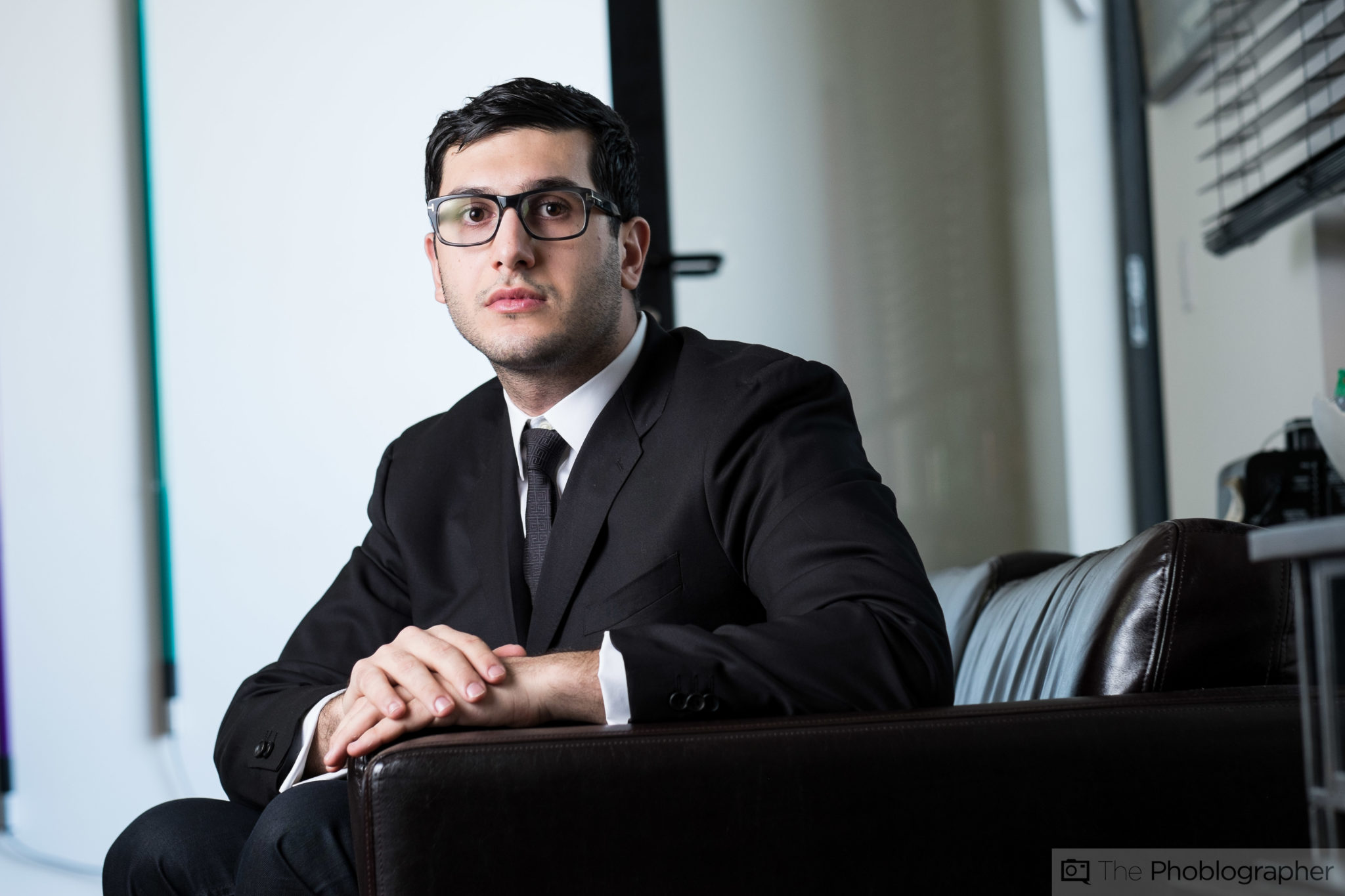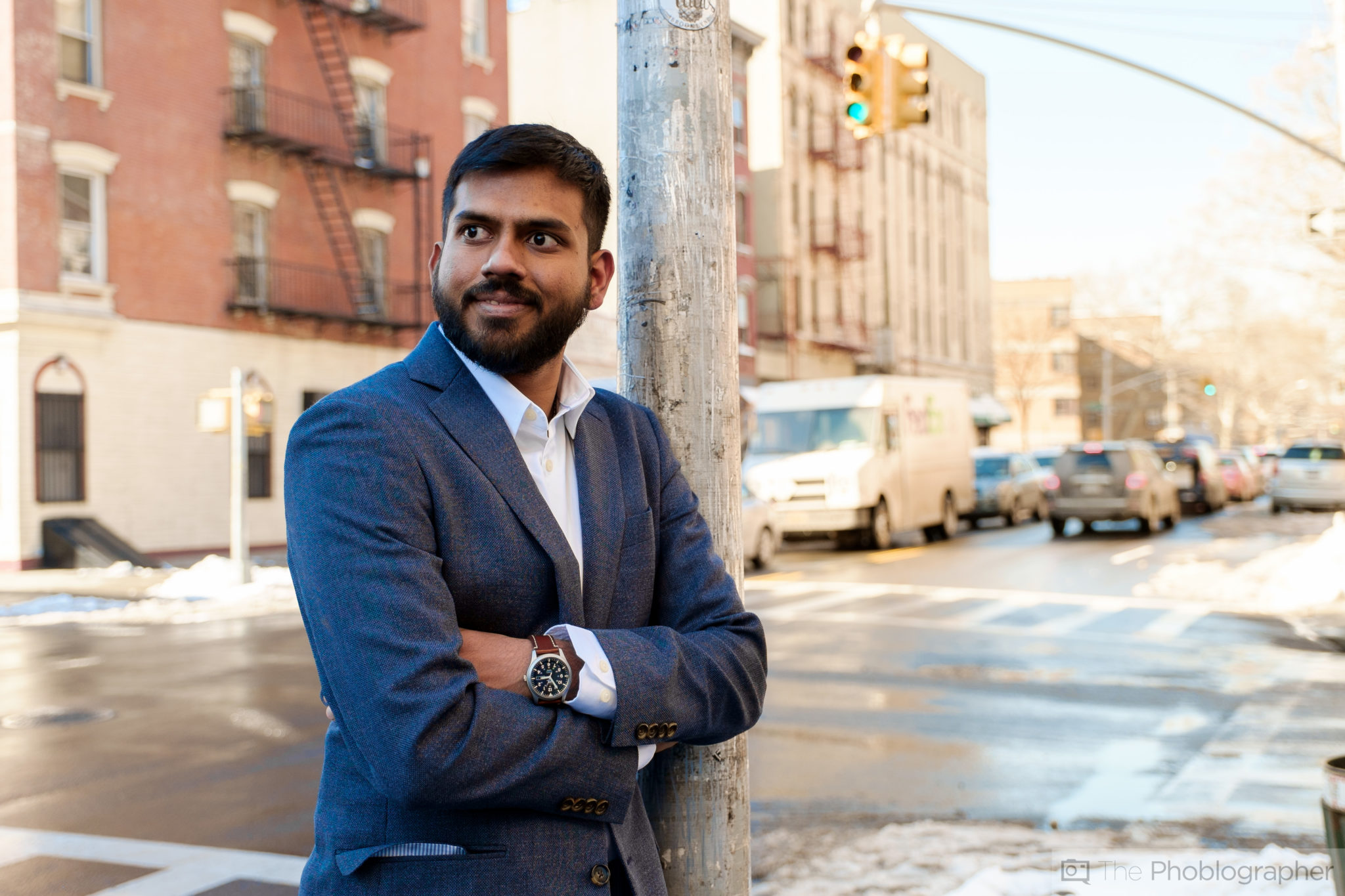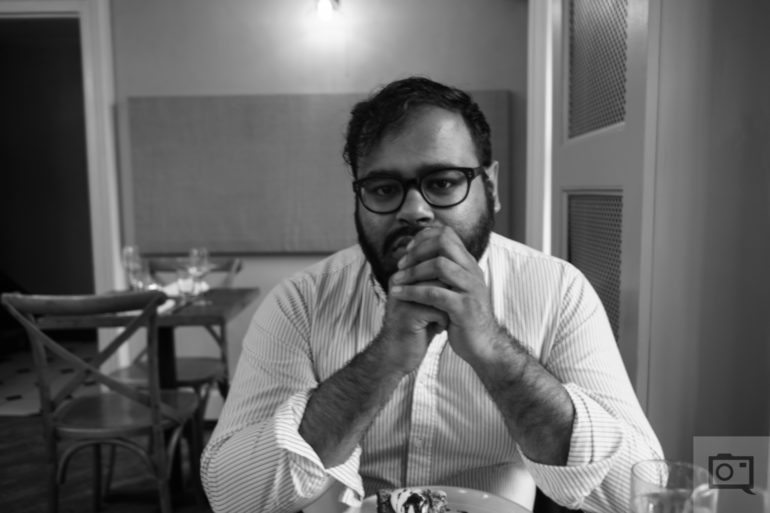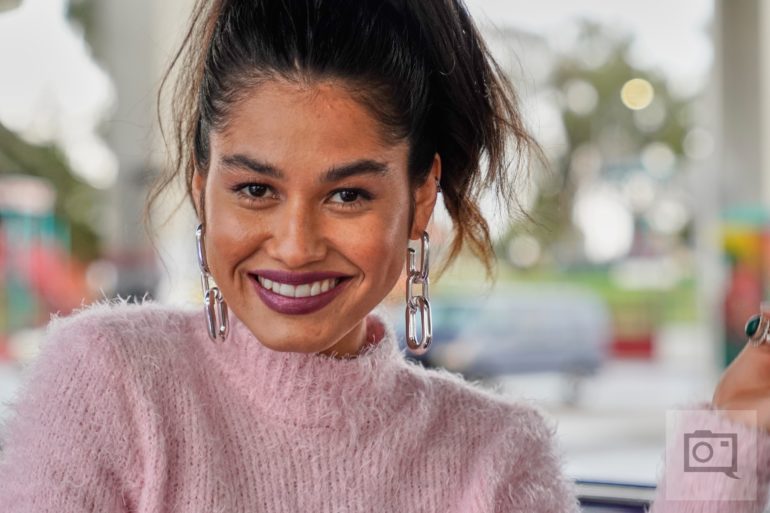Last Updated on 05/09/2019 by Mark Beckenbach
Yes, it’s very possible to get great headshots with an APS-C sensor camera.
There is a myth that an APS-C sensor camera cannot take great portraits because there isn’t that much bokeh. When it comes to headshots, that’s positively not true. APS-C sensors are highly capable and in fact have a few advantages over medium format and full frame sensors. Photographers using Sony and Fujifilm mirrorless cameras or Canon and Nikon APS-C cameras will be able to take great headshots of people no matter what. It isn’t really the camera that matters when you’re considering the technicalities.
Editor’s Note: We’re using the term “headshots” very loosely to apply to any image that someone may use as an avatar for themselves for social media. Those are the most popular variant.
The Myth of Bokeh and Depth of Field
First off, please get it out of your head; you do not need a whole lot of bokeh to create a better headshot. Though people think it’s important, you’d be amazed at how little it really matters when creating a better photo. To help, here is a list of stuff that matters more:
- Lighting: We need to see your subject and ensure that they’re separated from the background.
- Colors: See above comment.
- Composition: We need to be able to understand what we’re seeing and what we’re supposed to get from the photo.
- Expression: No one really wants to be seen as sad or unhappy in a lot of their headshots.
All of these things can be done without an emphasis on what is in focus.
Your Lighting Is Paramount
As we talked about before, lighting is key. If you’re shooting outdoors, we recommend that you either shoot in shade, when the sun is covered by clouds, or indoors with very targeted, specific lighting. The lighting in the scene can really allow a mood to be different from one look to another. A few tips:
- Use soft lighting. In order to do this, ensure that your light modifier is larger than the subject in the frame. What that means is that if you’re shooting an image like what you see above with an umbrella, then the umbrella need to be larger than the head and torso.
- Have people point their bodies toward the artificial lights in the scene.
- If your scene requires you to shoot above ISO 400, generally speaking look for more light in the scene or shoot on a tripod. Though modern cameras do a great job up to ISO 6400 these types of photos should ideally be done in a more traditional manner. They help your mind create in a much more innovative way.
Tight Headshot, Full Headshot
There are typically two different types of more accepted headshots (or social media portraits as we’re pointing out). The photos of just a person’s head and face are pretty standard but an upper quarter or third headshot allows the photographer and the subject to use elements like body language in the frame.
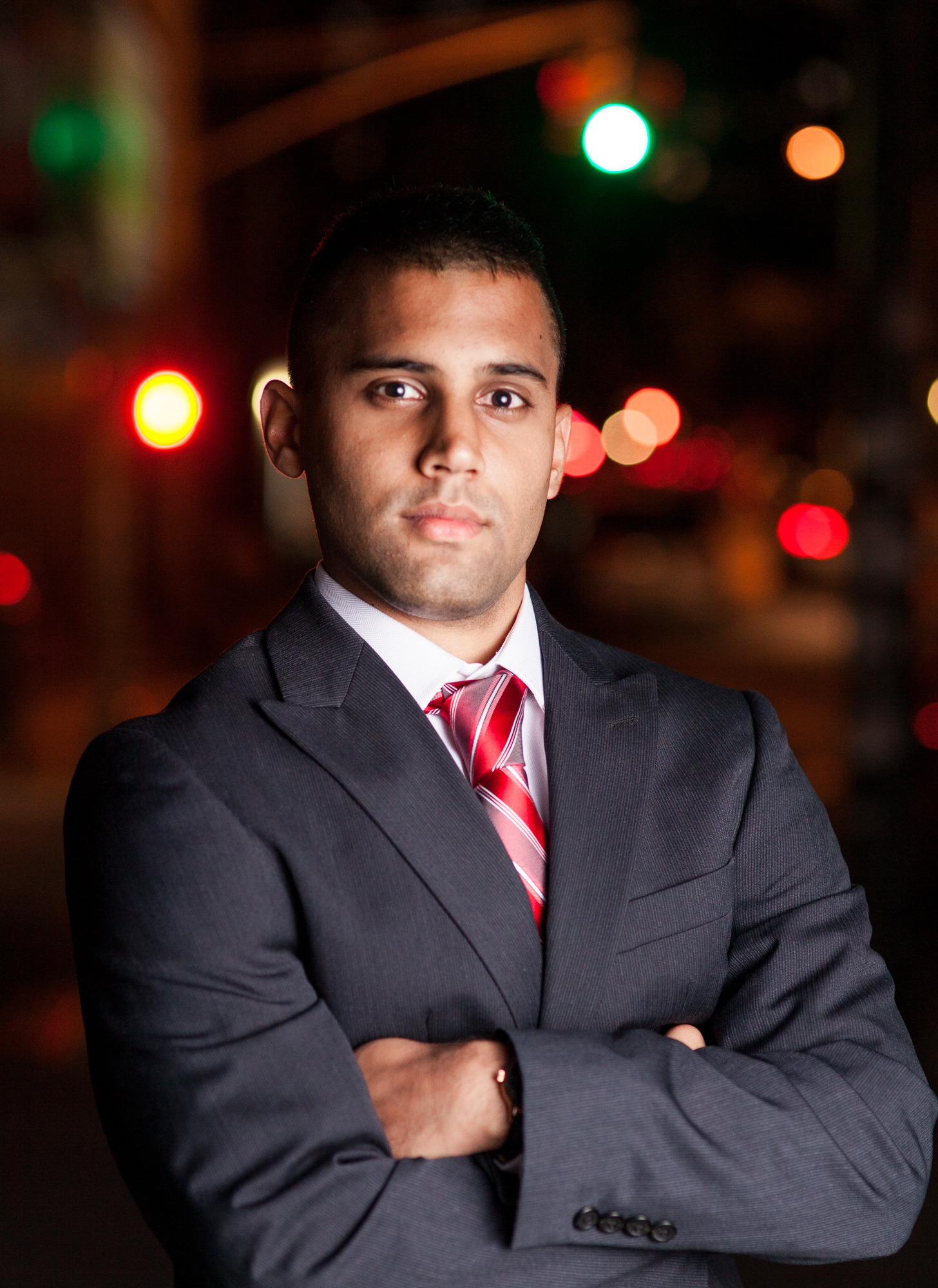
Lens Choice
When it comes to doing headshots with a portrait subject, aim for longer lenses. 50mm and longer is always the safest choice, but even so I’d probably aim for 85mm lenses at the minimum. Due to the way APS-C lenses work with longer glass, you’ll need more room to shoot. Also ensure that you have a lens with a fast aperture. The reason for this is because you get a unique advantage; the ability to have more light gathering abilities but with more of your subject in focus. You’ll pretty much never need to stop the lens down more than f2.
The Most Important Part: Getting an Emotion from Your Subject
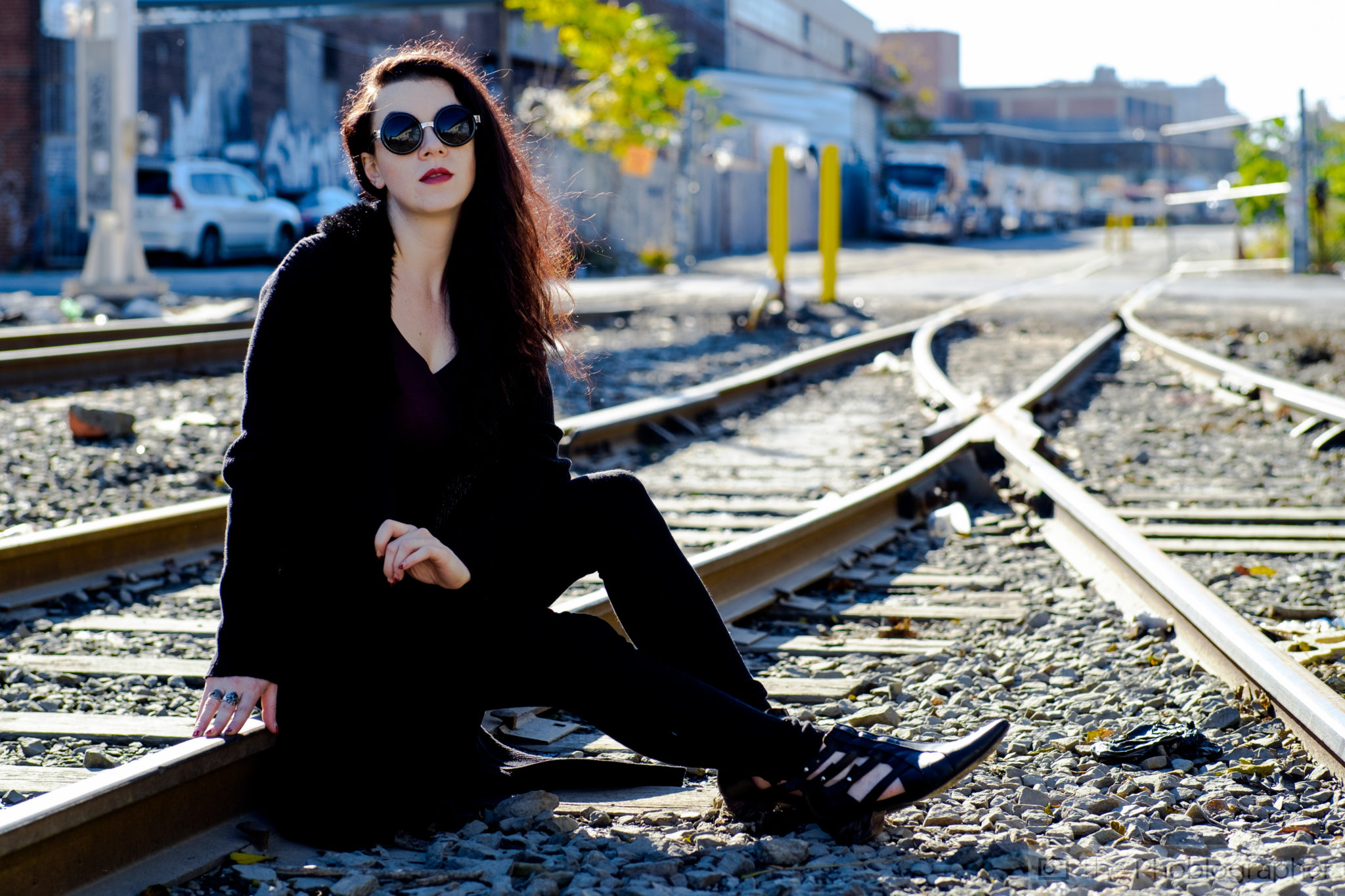
The most important thing overall; interact with your subject. Find a way to get genuine emotion out of them when you shoot. This can involve telling a joke, getting them to think about a specific time in their life, or engaging them in full conversation and letting them be free.


